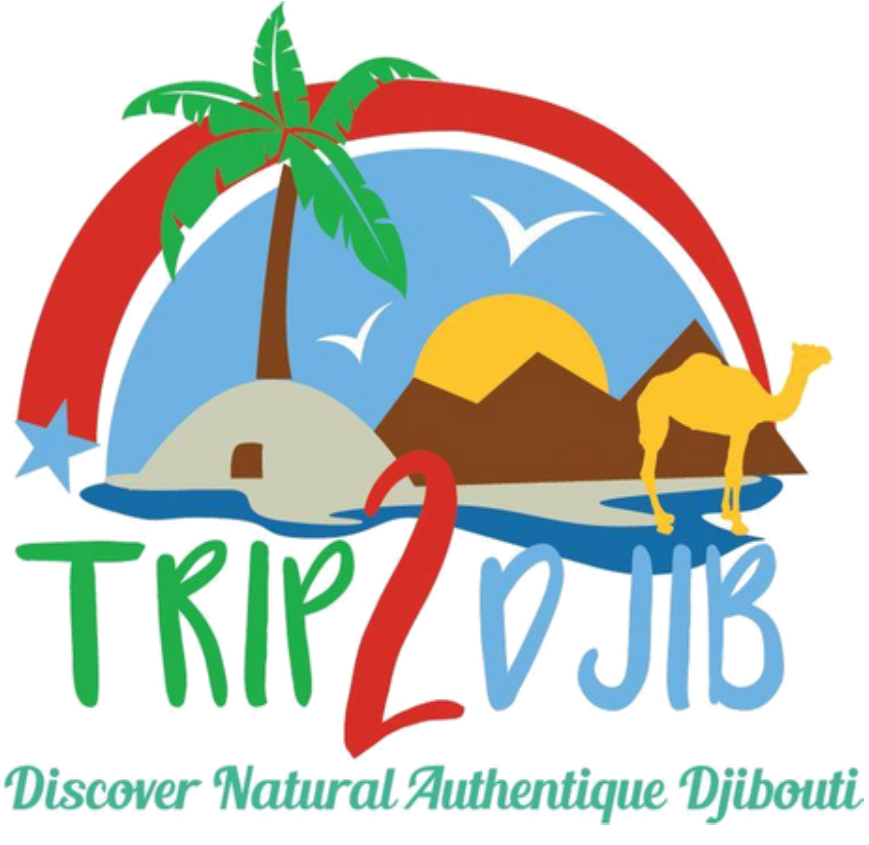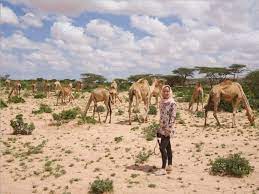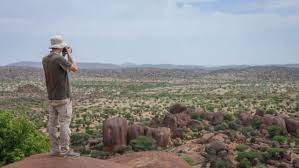Somaliland
Somaliland is an autonomous region located in the Horn of Africa, bordering Djibouti to the west, Ethiopia to the south, and Somalia to the east. Here's an overview:
Status: Somaliland declared independence from Somalia in 1991 but has yet to gain international recognition as a separate sovereign state. Despite functioning as an autonomous region with its own government, currency, and security forces, it is not recognized by the United Nations or any other country.
Capital: Hargeisa serves as the capital and largest city of Somaliland.
Geography: Somaliland features a diverse landscape, including arid plains, rugged mountains, and coastal areas along the Gulf of Aden. The region is characterized by its hot and dry climate, with limited rainfall and scarce vegetation in many areas.
Population: Somaliland is home to approximately 4 to 5 million people, primarily of Somali descent. The majority of the population is Sunni Muslim.
Languages: Somali and Arabic are the official languages of Somaliland, with Somali being the most widely spoken. English is also used in business and education.
Economy: Somaliland's economy is predominantly based on livestock farming, trade, and remittances from the large diaspora community. The region has seen some economic growth in recent years, with investments in infrastructure, telecommunications, and energy sectors.
Culture: Somaliland has a rich cultural heritage, with traditions influenced by Somali nomadic and Islamic customs. Traditional Somali music, dance, and poetry play an essential role in cultural expression, along with customary practices such as camel herding and qat chewing.
Challenges: Somaliland faces various challenges, including lack of international recognition, political instability, and economic development issues. Despite these challenges, the region has made progress in establishing governance structures and maintaining relative stability compared to neighboring Somalia.
Tourism: Somaliland offers unique cultural and historical attractions, including ancient cave paintings at Laas Geel, the port city of Berbera with its pristine beaches, and the bustling markets of Hargeisa. Travelers interested in off-the-beaten-path destinations may find Somaliland's rugged landscapes and vibrant culture intriguing, although travel advisories and security concerns should be taken into consideration.
| Visa requirements |
Somaliland operates its own visa regime separate from the rest of Somalia, as it considers itself an independent state, although it's not internationally recognized as such. Somaliland typically requires tourists to obtain a visa in advance to enter the region. The visa application process usually involves submitting an application form, a valid passport with at least six months' validity, passport-sized photos, and sometimes additional documentation such as a letter of invitation or proof of accommodation.
It's essential for travelers to check the specific visa requirements and procedures with the nearest Somaliland embassy or consulate before planning their trip. Additionally, due to security concerns and the evolving political situation, travelers should also monitor travel advisories and consult with relevant authorities for the latest information and guidance regarding travel to Somaliland.
|
|---|---|
| Languages spoken | English, Arabic and Somalie |
| Currency used | Dollar ($) and Somalie Shilling |
| Area (km2) | 284 899 km² |
| Country name | Federal Republic of Somalia |







